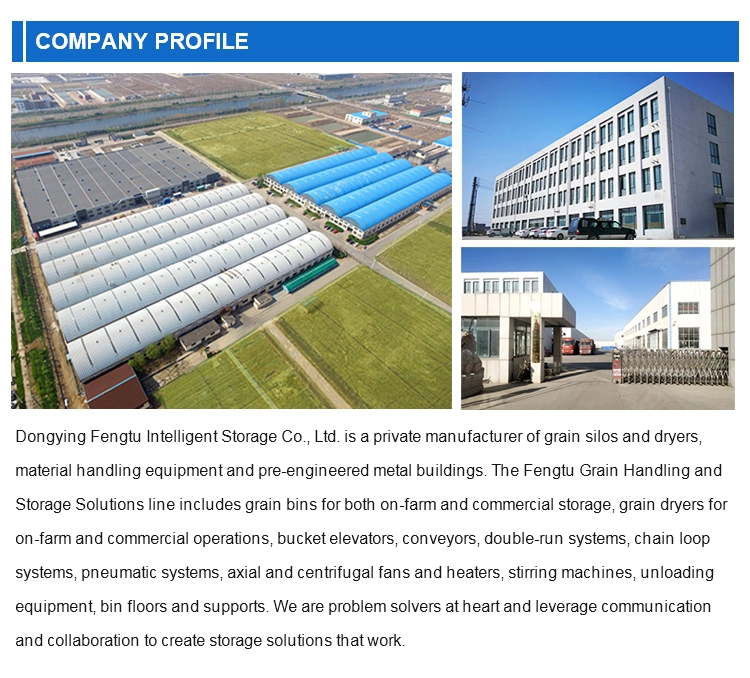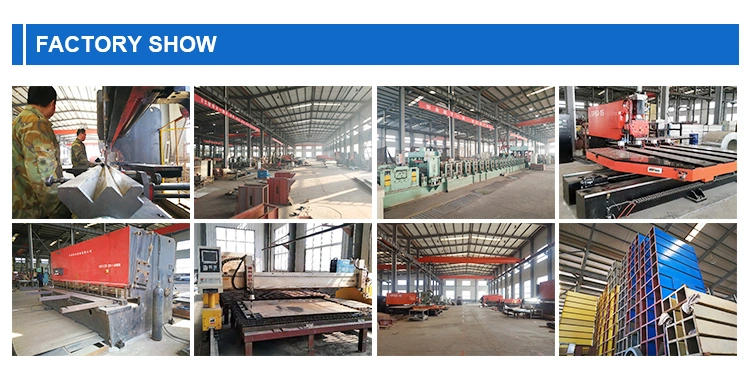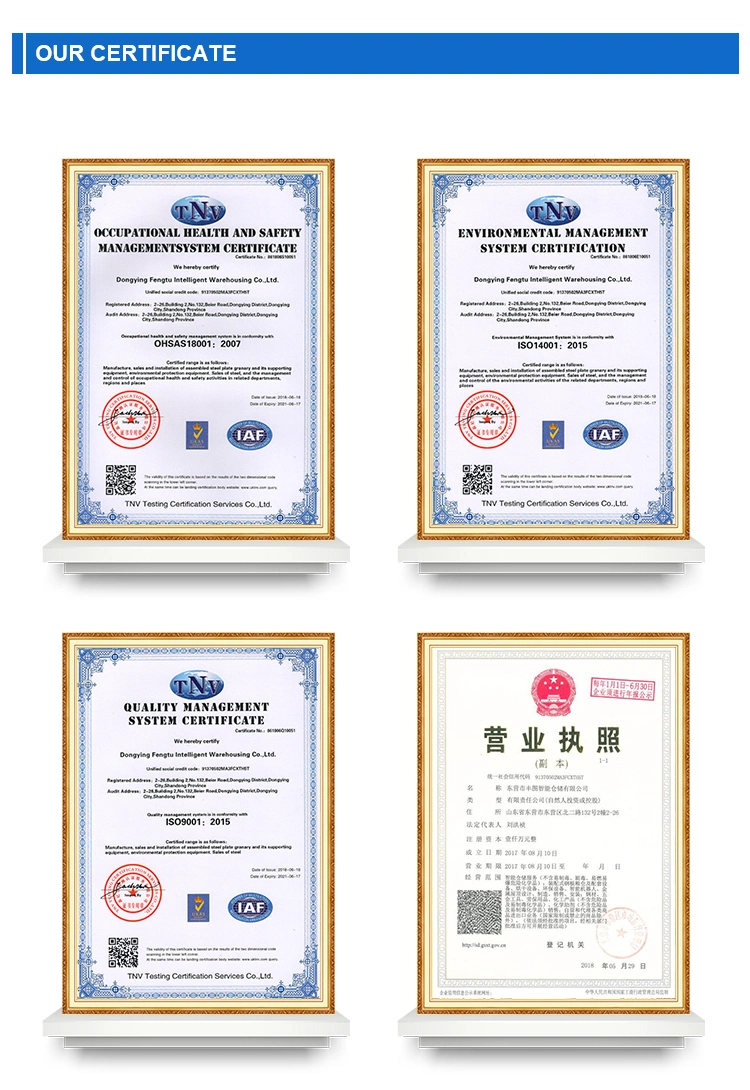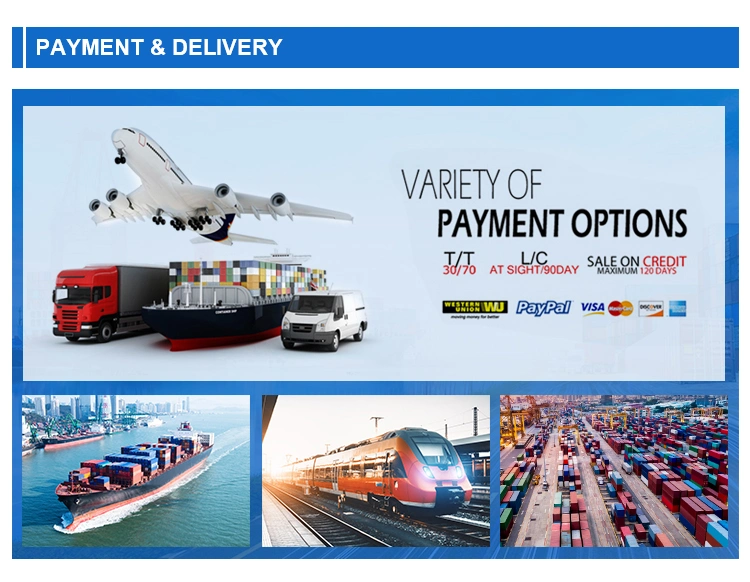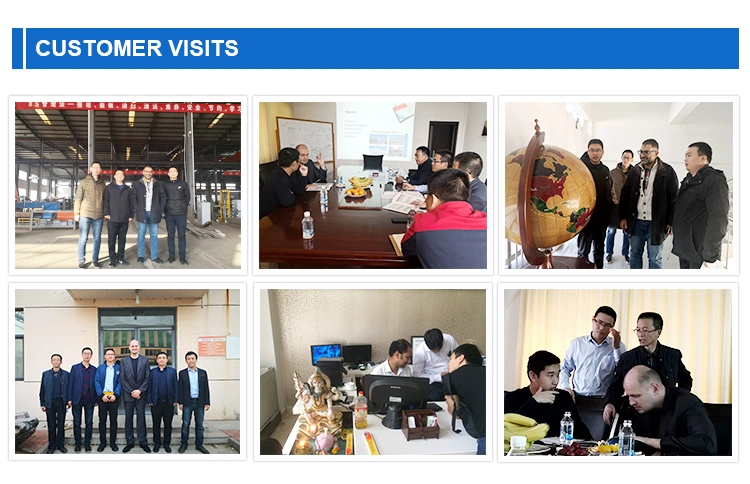| Model | GrooveW*H(mm) | Capacity(t/hr) | Chain speed(mm) | Scraper space(mm) | Segment distance(mm) |
| MS16 | 160*160 | 15-28 | 0.4-0.6 | 200 | 100 |
| MS20 | 200*200 | 29-56 | 0.4-0.6 | 200 | 100 |
| MS25 | 250*250 | 56-84 | 0.4-0.6 | 250 | 125 |
| MS32 | 320*320 | 85-140 | 0.4-0.6 | 320 | 160 |
| MS40 | 400*400 | 150-211 | 0.4-0.6 | 384 | 128 |
| MS50 | 500*400 | 212-281 | 0.4-0.6 | 384 | 128 |
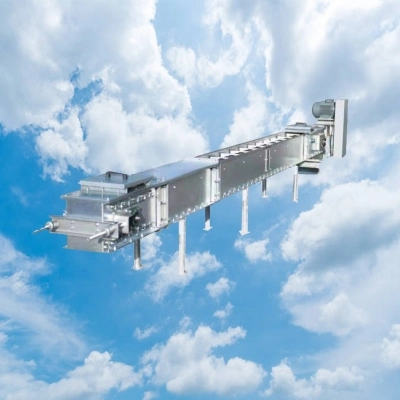
Description:
A belt conveyor is a continuous conveying device that uses a conveyor belt as traction and load-bearing member to carry materials through the movement of the conveyor belt that carries the material. Its structural principle is shown in the figure. The conveyor belt is wound around the transmission roller and the tail roller to form a strapless endless belt. The upper and lower conveyor belts are supported by the idler rollers to limit the deflection of the conveyor belt. The tensioning device provides the conveyor belt with normal operation. Of tension. The driving device drives the transmission roller during work and drives the belt to run by the friction between the transmission roller and the belt. The material is loaded on the belt and moves with the belt. The belt conveyor is generally unloaded at the end, and when a special unloading device is used, it can also be unloaded in the middle.
Product feature:
Features of belt conveyor:
(1) Wide variety of conveying materials
The conveying materials can range from very fine various materials to large rocks, stones, coal or pulpwood, and can convey finely screened or fragile materials with minimal drop. Because rubber conveyor belts have better corrosion resistance, maintenance costs are lower when transporting highly corrosive or abrasive materials. The belt conveyor can also transport viscous materials and hot materials with a certain temperature, and it can also transport articles.
(2) Wide range of conveying capacity
The conveying capacity of the belt conveyor can meet any required conveying task. There are both light belt conveyors to complete the conveying tasks with a small amount of conveyance, and large belt conveyors to achieve thousands of tons or even tens of thousands of tons per hour. Conveying tasks.
(3) Flexible loading and unloading
The belt conveyor can flexibly receive material from one or more points according to the requirements of the process flow, and it can also discharge to multiple points or several sections.
(4) Strong reliability
The reliability of the belt conveyor is also confirmed by the experience in all industrial fields. Its operation is extremely reliable, and it is used in many important production units that require continuous operation, such as the food processing industry and the feed industry.
(5) High safety
The belt conveyor has high safety and requires few production personnel. Compared with other transportation methods, the chance of accidents is less, and it will not hurt people due to the falling of large materials or the manipulation of large and heavy vehicles. Failure caused an accident.
(6) Low cost
The energy consumption of man-hours required for the belt conveyor system to transport each ton of bulk materials is usually the lowest among all tools for transporting bulk materials, and it takes up less maintenance staff time, fewer parts to maintain and Replacement can be done quickly on-site with low maintenance costs.